Post-Traumatic Stress Disorder vs. Complex PTSD: Understand the Difference
- Acute traumatic stress, PTSD, Complex PTSD
- Diagnostic clarification, differential diagnosis and co-morbidities
- Key contributing factors of Complex PTSD
- The common symptoms of Complex PTSD
The Neurobiology of PTSD: Beyond Fight and Flight
- Polyvagal Theory
- Stages of trauma response
- Trauma specific psychopharmacology
- Heart Rate Variability and the Social Nervous System
- Interpersonal Neurobiology
- Psychobiological regulation
- Rupture and repair
- Implications of childhood neglect or abuse
- Neuroplasticity and Complex PTSD
Psychological and Physiological Repercussions of Complex PTSD: A Deeper Understanding for Accurate Assessment
- Intrusive symptoms and anxiety
- Emotional dysregulation: Outbursts of anger and debilitating shame
- Avoidance symptoms and phobic reactions to traumatic material
- Interpersonal problems and difficulty being close to others
- Dissociation and dysregulation
- Cognitive distortions and compromised meaning making
- Physical health problems, ACE factors and painful somatization
- Preverbal and nonverbal memories
- Disturbing somatic sensations
- Depressive symptoms
- Learned helplessness and shame
Therapeutic Interventions for Complex PTSD: Summary of Effective Therapies
- Psychodynamic and Relational Therapy
- Psychobiological perspectives: Polyvagal Theory
- Cognitive Behavioral Therapy (CBT)
- Dialectical Behavioral Therapy (DBT)
- EMDR Therapy
- Somatic Psychology
- Parts Work Therapy: Work with Ego States
- Complementary and Alternative Medicine (CAM):
mindfulness, yoga, and integrative healthcare
Integrative Treatment for Complex PTSD: Putting it All Together for an Effective Treatment Plan
- A Biopsychosocial Approach: Partner with clients to build a health care team
- Goal of treatment: Memory retrieval vs. trauma recovery
- History taking: Identify chronic, repeated, and/or developmental trauma events
- Cultural factors and Complex PTSD
- Recognize attachment injuries
- Identify parts, ego states and defenses
- Assess for dissociation (“fragmentation”)
- Clinical Vignette #1
- Mutual regulation and relational repair in therapy
- Prepare for trauma processing: Develop resources and stability
- Working with parts of self
- Work through traumatic memories: EMDR and Somatic Psychology
- Clinical Vignette #2
- Grief work in Complex PTSD
- Integrate and Instill positive change
Experiential Interventions: Mind-Body Practices for Clients with Complex PTSD
- Conscious breathing for self-regulation
- Grounding and sensory awareness
- Containment: Reclaim choice and control
- Build imaginal allies
- Cultivate mindfulness, acceptance, and self-compassion
- Somatic interventions: Titration, sequencing, and somatic re-patterning
- Bilateral stimulation and dual attention in EMDR Therapy
- Potential risks and limitations of mind-body therapies
Special Considerations in Complex Trauma Treatment
- Working with Preverbal and Nonverbal Memories
- Working with transgenerational trauma
- Somatization, Chronic Pain and illness
- Gate Control Theory
- Mindfulness, Yoga, and Compassion Based Interventions
- Clinical Vignette #3
Fostering Resilience: For Post-Traumatic Growth and Healing
- Learn the 6 Pillars of Resilience
- Trauma recovery and the bell curve
- Resilience as a process and an outcome
- Help clients move from learned helplessness to learned optimism
- Post-Traumatic Growth: Help clients reach their potential
Vicarious Trauma: Improve Client Outcomes Through Effective Self-Care
- Identify resources that improve your clinical skills
- In-session self-care to improve focus on the client and therapeutic process
- Burnout prevention techniques
Clinical Vignette – Wendy
- 56 year old woman with Hx of Bipolar Disorder, PTSD, DDNOS and Borderline traits
Trauma history of neglect, grandmother suicide, father inappropriate sexually
- Addressing internalized negative aspects of parents
- Goals of therapy
Integrative Approach to Trauma Reprocessing
- Focusing and resourcing
- Touchstone target
- Negative and positive cognitions
- Emotions and body sensations
Deepening the work
- Parts work, pendulating between distress and resource, and somatic interventions
Top down and bottom up
- Cognitive reappraisal, somatic interventions, and parts work
Somatic repatterning and reprocessing
- Parts work, cognitive reappraisal
Integration: A path to self-regulation
- Parts work, somatic integration, and cognitive reappraisal


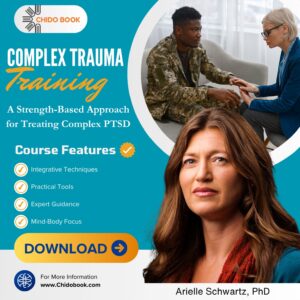
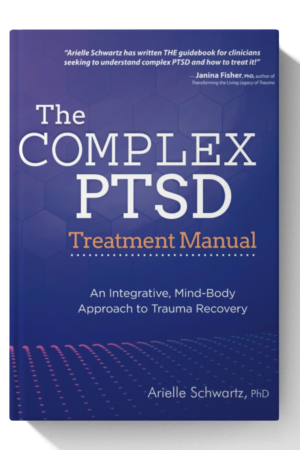
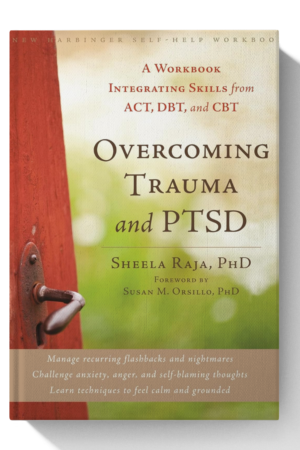
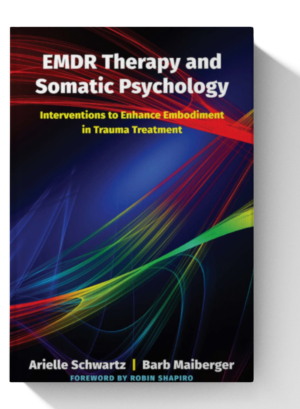

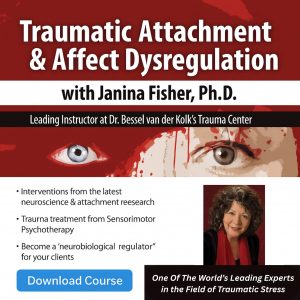







89 reviews for Complex Trauma Training: A Strength-Based Approach for Treating Complex PTSD